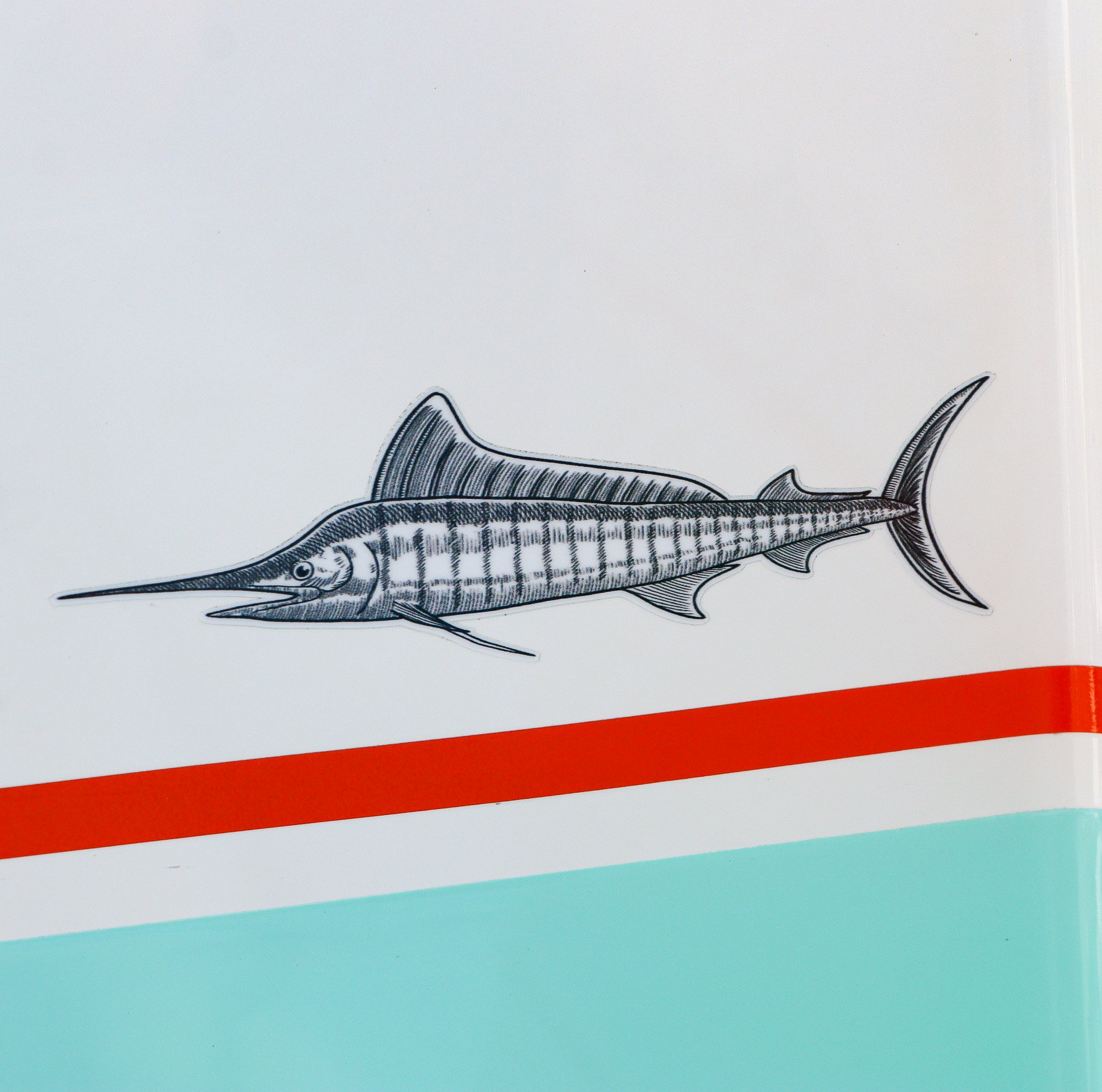Tag & Release Research
Tagging involves attaching a small device to the fish, which can be used to track the marlins location, depth,& temperature. By tagging Striped Marlin, researchers can answer crucial questions about their biology and ecology, such as their migration patterns, spawning sites, feeding habits, growth rates, and survival rates.
One of the main benefits of tagging is that it provides a way to estimate population size and distribution, which is essential for assessing the health of the species and setting appropriate catch limits. By tagging a representative sample of Striped Marlin across different regions and seasons, scientists can infer the total population size and its spatial and temporal variability. This information can help managers to regulate fishing activities and protect critical habitats, such as spawning and nursery areas.
Tagging also enables researchers to study the movements and behavior of individual Striped Marlin, which can reveal important insights into their life history and ecology. For example, tagging studies have shown that Striped Marlin undertake long-distance migrations between their breeding grounds in the tropics and their feeding grounds in cooler waters. They may travel thousands of kilometers in a single year, crossing international boundaries and encountering various fishing pressures and environmental challenges. By tracking these movements, scientists can identify areas of high risk and prioritize conservation efforts.
Tagging studies can also inform our understanding of the interactions between the Striped Marlin and other species in the marine ecosystem. For example, researchers have used electronic tags to document the vertical movements of Striped Marlin in relation to the depth and availability of prey. They have found that Striped Marlin prefer to feed on mesopelagic and epipelagic prey, such as squid and small fish, but may dive deeper to avoid predators or thermoclines. This information can help managers to design more effective conservation measures that take into account the ecological needs of Striped Marlin and their prey.
it’s an essential and effective way to gather data for their conservation and management. By tagging these magnificent fish, we can better understand their biology, ecology, and movements and make informed decisions about their sustainable use and protection. It is a collaborative effort that involves scientists, anglers, and managers working together to ensure the survival of Striped Marlin for future generations.








